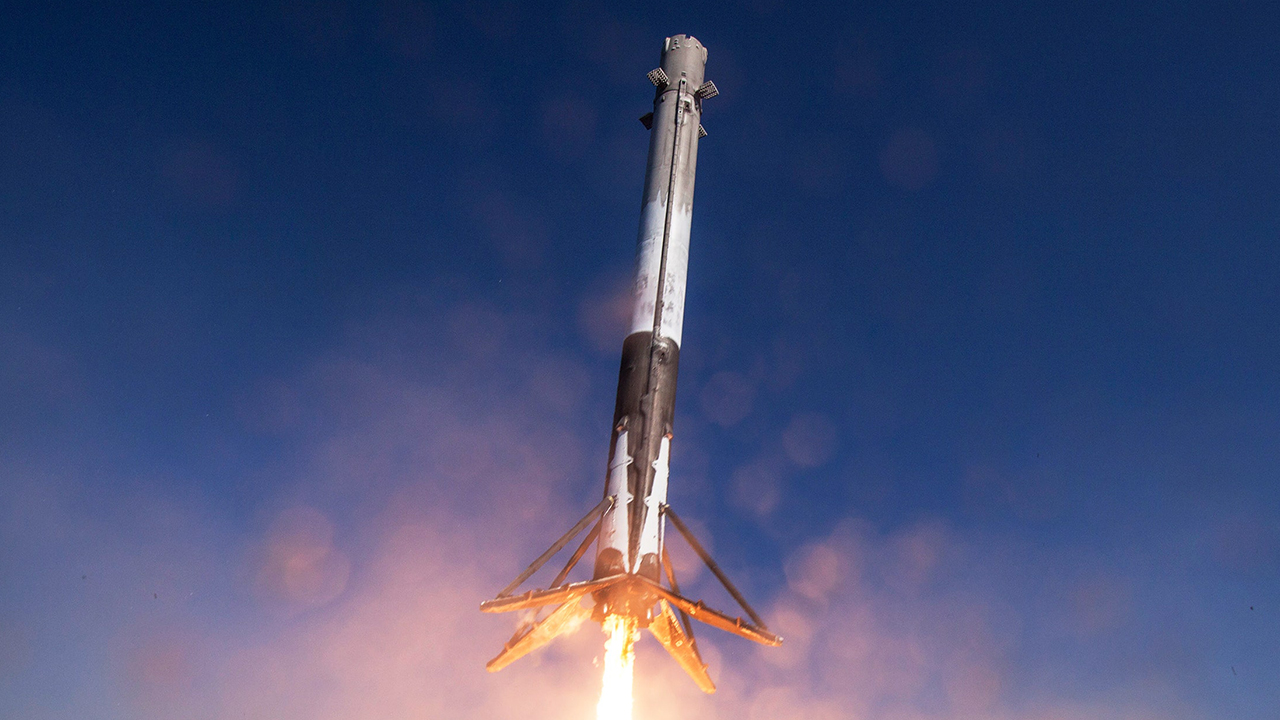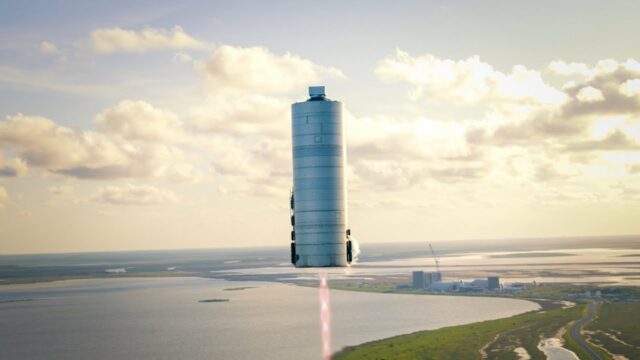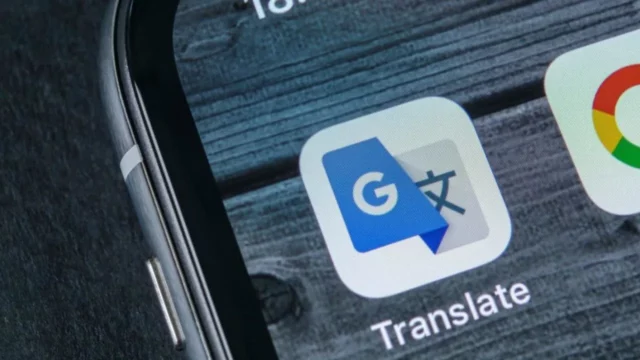SpaceX experienced a flight failure for the first time in nine years with its Falcon 9 rocket. As a result, 20 Starlink satellites remained in a dangerously low orbit. SpaceX founder Elon Musk stated that efforts are continuing to clarify this situation.
Falcon 9 rocket fails after 334 missions
Starlink 9-3, SpaceX’s 70th orbital launch this year, initially appeared successful. The Falcon 9 rocket launched from Vandenberg Space Force Base on Thursday night. However, during the second stage, an unusual amount of ice accumulation was observed around the Merlin vacuum engine. Following this incident, Musk stated on social media platform X, “An engine RUD (Rapid Unplanned Dissipation) occurred during the upper stage restart.”
About an hour later, Musk stated that Starlink satellites had been deployed, but perigee (closest point to Earth) might be low and it was unclear whether they would be able to raise the satellites’ orbit. 13 of the 20 Starlink satellites had the ability to connect directly to mobile phones. SpaceX managed to communicate with five satellites and was trying to raise their orbits.
Why did it fail?
The SpaceX team continues to analyze data to understand the cause of the failure. Astronomer Jonathan McDowell estimated that the satellites were probably in a 295 x 138 km orbit, with the planned orbit being 296 x 286 km. Musk stated that they tried to operate the ion thrusters at maximum capacity to quickly raise the orbit of the satellites. However, he emphasized that orbits must be raised before atmospheric drag pulls the satellites down.
Past Falcon 9 failures
The Falcon 9’s last flight failure occurred on June 28, 2015, when a Dragon cargo resupply mission ended 139 seconds into the flight. Another Falcon 9 exploded on the launch pad in Cape Canaveral on September 1, 2016, destroying an Israeli communications satellite and causing major damage to Space Launch Complex 40.
B1063, the first stage booster of the Starlink 9-3 mission, completed its 19th flight in the SpaceX fleet and previously carried NASA’s Double Asteroid Redirection Test (DART) vehicle, the Transporter-7 rideshare mission, and 13 batches of Starlink satellites.



 Shiftdelete.net
Shiftdelete.net










